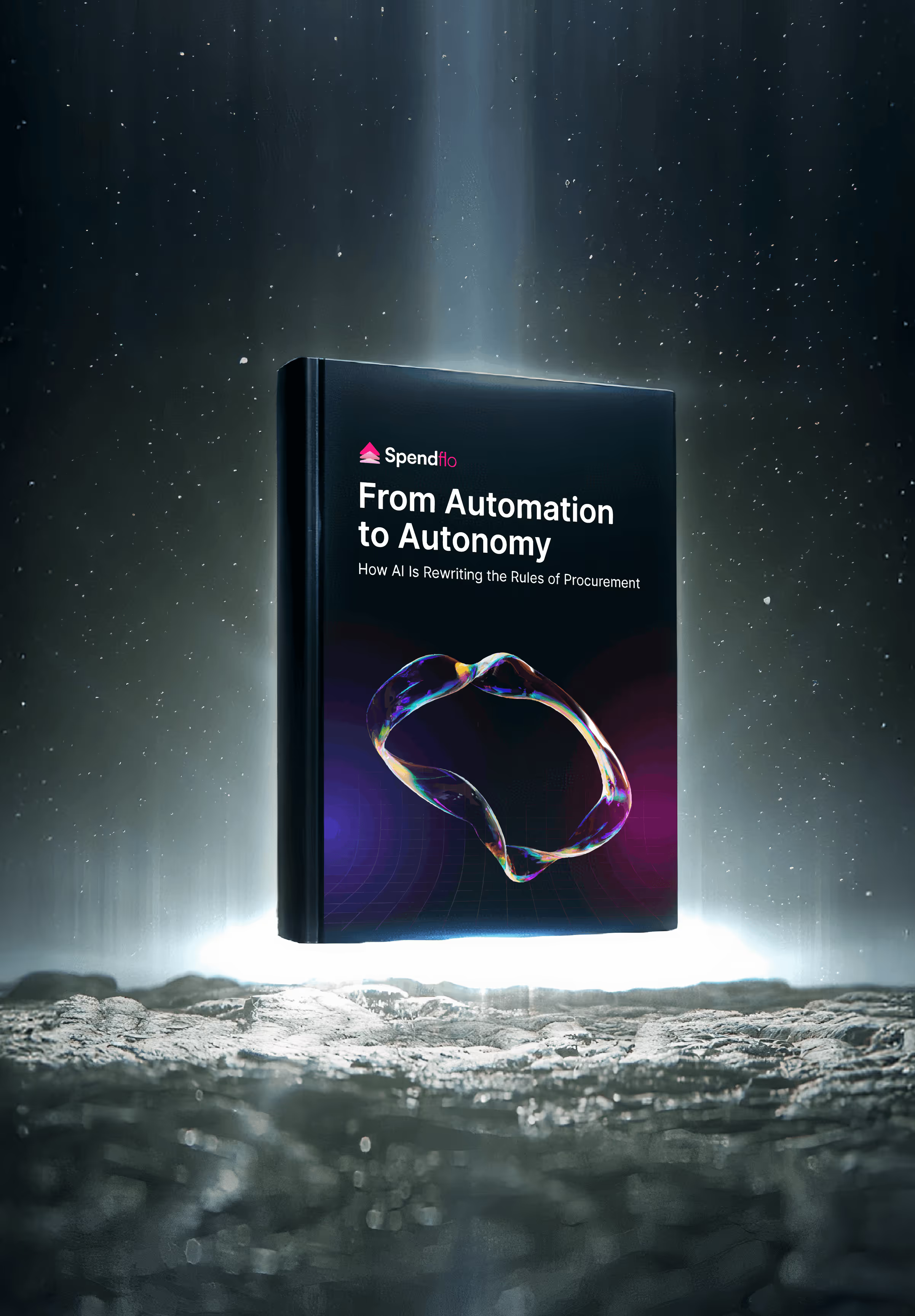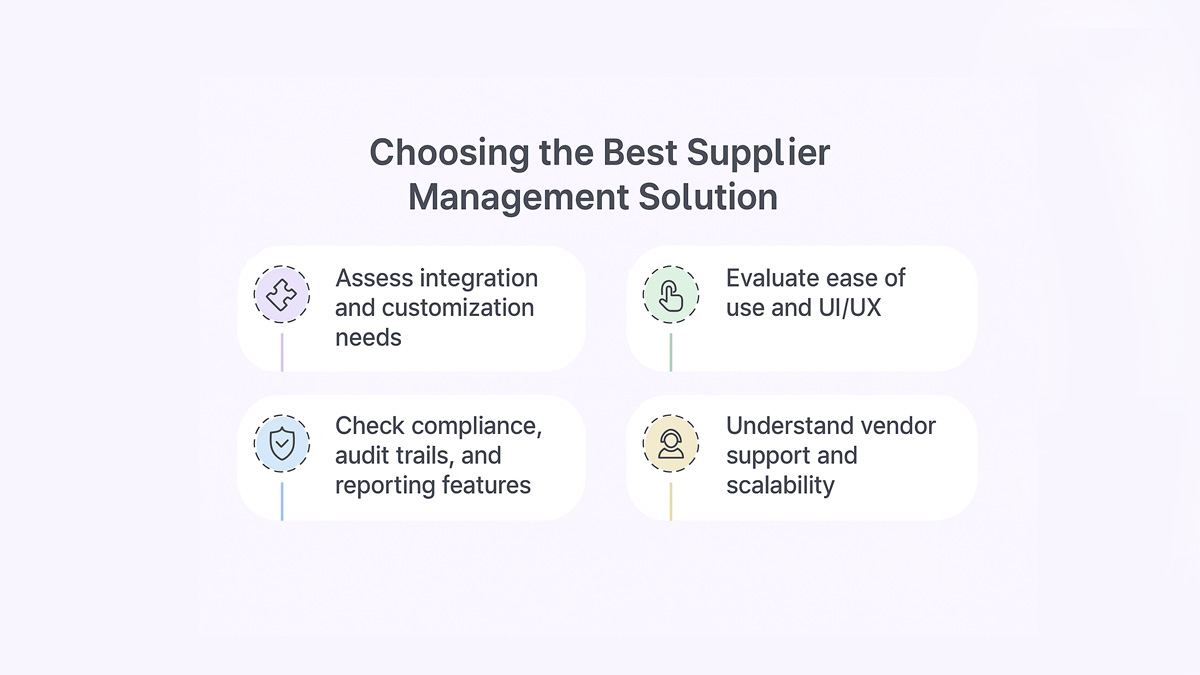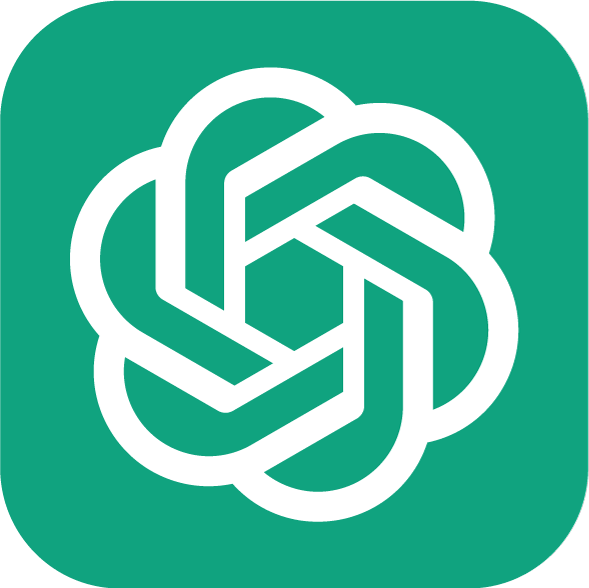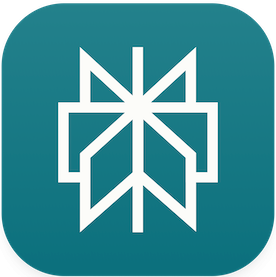

Top 5 Supplier Management Software in 2025

Top 5 Supplier Management Software in 2025
Explore 5 top supplier management solutions for 2025 that help streamline sourcing, centralize data, and improve supplier performance.


Supplier relationships aren’t just about who gives you the best price - they shape your agility, resilience, and bottom line. In today’s economy, a single vendor delay can ripple across your entire supply chain. And when companies are juggling dozens (if not hundreds) of suppliers, the old spreadsheets and scattered systems just don’t cut it anymore. You need a smarter, centralized way to manage vendors from onboarding through performance reviews - without losing your mind (or your margins).
What this blog covers:
- What is a supplier management solution
- Key capabilities to look for in supplier management software
- Benefits of using a dedicated supplier management platform
- Top 5 supplier management solutions in 2025
- How to choose the right supplier management solution
- How Spendflo helps streamline supplier and vendor management
- Frequently asked questions on supplier management solutions
What is a Supplier Management Solution?
A supplier management solution is a software platform that helps businesses manage the entire supplier lifecycle - from sourcing and onboarding to performance tracking and compliance. It centralizes data, automates workflows, and strengthens vendor relationships through better visibility and control.
Key Capabilities to Look for in Supplier Management Software
Not all supplier management tools are built the same. The best platforms go beyond basic contact storage - they become a hub for supplier collaboration, risk mitigation, and procurement agility. If you’re evaluating solutions, these core capabilities should be non-negotiable.

Supplier Information Centralization and Access
Your supplier data shouldn't live in ten spreadsheets or buried in someone's inbox. A good platform consolidates supplier profiles, vendor data, certifications, documents, and payment history into a single, searchable system - breaking down data silos and improving accessibility across teams.
Automated Onboarding and Offboarding Workflows
Manual supplier onboarding is a time sink. Automated workflows streamline the collection of tax forms, certifications, and banking info - with approval routing and audit trails built-in. Offboarding should be just as clean and secure, especially for sensitive integrations.
Risk and Compliance Tracking Tools
From expired insurance certificates to geopolitical exposure, the right solution flags potential issues before they become costly problems. Built-in compliance checks, alerts, and integrated risk scores help you stay audit-ready at all times.
Real-Time Performance Monitoring and Analytics
Dashboards and reports should tell you more than who delivered late. Look for tools that offer performance KPIs - like delivery timelines, quality metrics, vendor performance, and communication responsiveness - with benchmarking across your supplier base.
Benefits of Using a Dedicated Supplier Management Platform
Managing vendors through email threads, spreadsheets, and disconnected tools isn’t just frustrating - it’s risky, expensive, and slow. A dedicated supplier management platform creates the structure and visibility procurement teams need to operate with confidence and speed.
Improved Collaboration and Communication
No more chasing suppliers for documents or status updates. These platforms enable real-time communication, shared portals, and automated reminders - keeping everyone aligned from the first quote to final delivery. They also play a key role in performance management by tracking supplier efficiency and accountability.
Faster Procurement Cycles
Centralized data and automated approvals drastically reduce delays. Teams can move from requisition to PO to contract management and payment with fewer bottlenecks, cutting weeks off procurement timelines and keeping projects on track.
Stronger Supplier Relationships and Risk Mitigation
When suppliers know what’s expected - and get paid on time - they’re more likely to perform and collaborate. Clear workflows around purchase orders can further reduce delays and prevent miscommunication with suppliers.
Cost Control and Operational Efficiency
Better visibility = better decisions. With real-time spend analytics, duplicate vendor alerts, and usage data at your fingertips, procurement leaders can identify savings opportunities and eliminate wasteful spend - all while reducing manual work.
Top 5 Supplier Management Solutions in 2025
With supply chains growing more complex and vendor networks expanding globally, supplier management software has become essential. But not all platforms solve the same problems. Some focus on risk, others on contract automation, and a few deliver true end-to-end procurement visibility.
Below are five standout platforms in 2025 that help businesses streamline supplier sourcing, onboarding, performance tracking, and cost control.
1. Spendflo
Spendflo is a modern SaaS procurement and vendor management platform built for speed, savings, and simplicity. The platform also acts as a vendor management system for handling renewals, negotiations, and supplier records. The platform also acts as a vendor management system for handling renewals, negotiations, and supplier records. It empowers finance and procurement teams with centralized vendor visibility, contract tracking, and automated renewals - all while unlocking measurable cost savings and software spend.
About the Company: Type: Private | Founded: 2020 | Website: www.spendflo.com
Headquarters: San Francisco, USA | Employees: 51–200
Best for: Companies that want end-to-end vendor lifecycle management with real-time spend control.
Key Features
- Centralized supplier data and spend dashboards
- Automated onboarding, renewals, and approval workflows
- Embedded negotiation team to cut contract costs
- Compliance, usage, and renewal alerts in one view
- Integrates with major ERP, finance, and CRM tools
Spendflo’s standout value lies in its ability to automate workflows, eliminate rogue spend, and drive ROI - all without adding operational overhead. It’s especially powerful for mid-market companies scaling their procurement operations without expanding their teams.
2. SAP Ariba
SAP Ariba offers a robust platform for managing supplier performance, sourcing, and risk - ideal for enterprises with complex global supply chains. It combines supplier lifecycle management with AI-driven risk assessment and third-party data integrations. Its dashboard includes detailed performance analytics to evaluate supplier reliability over time.
About the Company: Type: Public (SAP) | Founded: 1996 | Website: www.ariba.com
Headquarters: Palo Alto, USA | Employees: 3,000+
Best for: Large enterprises looking for scalable, compliance-driven procurement.
Key Features
- Supplier qualification and sourcing tools
- AI-powered risk and compliance tracking
- Supplier discovery and sourcing marketplace
- Integrated contract and invoice management
- Real-time alerts for vendor issues or delays
3. Coupa
Coupa offers a comprehensive cloud-based business spend management platform that includes supplier management, procurement, invoicing, and expenses - all under one roof. It’s known for ease of use and deep spend analytics.
About the Company: Type: Private | Founded: 2006 | Website: www.coupa.com
Headquarters: San Mateo, USA | Employees: 3,000+
Best for: Companies focused on spend optimization and procurement automation.
Key Features
- Centralized supplier directory and risk scoring
- AI-driven insights into supplier performance
- Automated sourcing and contract approvals
- Spend visibility and budget tracking
- Integration with major ERP and financial tools
4. Jaggaer
Jaggaer delivers a powerful supplier management platform tailored for education, healthcare, and manufacturing industries. It offers advanced supplier performance metrics, eProcurement, and supply chain visibility.
About the Company: Type: Private | Founded: 1995 | Website: www.jaggaer.com
Headquarters: Morrisville, USA | Employees: 1,000+
Best for: Heavily regulated industries with complex supplier ecosystems.
Key Features
- Supplier onboarding and credential management
- Integrated sourcing and contract workflows
- Compliance and risk monitoring dashboards
- Real-time KPI tracking for supplier SLAs
- Tailored for sector-specific needs
5. SupplierGateway
SupplierGateway is a streamlined vendor management and supplier diversity platform designed for businesses that prioritize inclusive sourcing and cost-effective supplier governance. It’s also helpful for organizations looking to enhance their vendor risk management processes affordably.
About the Company: Type: Private | Founded: 2000 | Website: www.suppliergateway.com
Headquarters: USA | Employees: <100
Best for: Organizations with supplier diversity initiatives and basic risk tracking needs.
Key Features
- Vendor onboarding and credential validation
- Diversity reporting and certification tracking
- Real-time supplier updates and document alerts
- Integrations with procurement and payment platforms
How to Choose the Right Supplier Management Solution
Choosing a supplier management platform isn’t just about ticking feature boxes - it’s about finding a tool that fits the way your organization actually works. What’s intuitive for a startup may overwhelm an enterprise. And what works for finance might frustrate procurement. Here’s how to make a choice that sticks.

Assess Integration and Customization Needs
Start by evaluating your current tech stack and existing risk management processes to ensure compatibility. Does the platform need to connect with your ERP, CRM, or accounting tools? Look for solutions with flexible APIs and pre-built integrations to avoid data silos and manual workarounds. Custom workflows and fields are also a must if your processes aren’t one-size-fits-all.
Evaluate Ease of Use and UI/UX
You want adoption - not another clunky tool that only two people know how to use. A clean interface, logical workflows, and mobile access all matter more than you think. Test drive the user experience before signing the contract.
Check Compliance, Audit Trails, and Reporting Features
Whether you're in healthcare, finance, or just aiming to stay SOX-compliant, robust reporting tools and audit logs are essential. Look for platforms that track user actions, approval history, and vendor documents - all in a centralized location. Strong compliance management tools also ensure nothing slips through during audits or policy reviews.
Understand Vendor Support and Scalability
Today’s supplier list might double next year. Can the platform grow with you? Evaluate support SLAs, onboarding assistance, and training options. Also ensure the platform’s integration capabilities align with your existing procurement and finance systems. A responsive vendor is just as important as the software itself. crucial
The best solution? One that feels invisible when it’s working well - and indispensable when it’s not.
How Spendflo Helps Streamline Supplier and Vendor Management
Spendflo gives finance and procurement teams everything they need to manage SaaS vendors - without the spreadsheet chaos. From automated renewals and centralized contract visibility to embedded negotiation support, Spendflo simplifies every step of the vendor lifecycle. With real-time insights, proactive alerts, and seamless integrations, it helps businesses cut costs, reduce risk, and finally gain control over supplier relationships - all from one intuitive platform.
Frequently Asked Questions on Supplier Management Solutions
What is the difference between supplier management and vendor management?
While the terms are often used interchangeably, supplier management typically refers to strategic, long-term relationships with key providers of goods or services. Vendor management can be broader and may include more transactional or short-term engagements. Most modern tools combine both functions under one platform.
How do supplier management solutions improve procurement processes?
These platforms streamline the entire procurement lifecycle - from onboarding and compliance to performance tracking and renewals. By centralizing data and automating approvals, they help reduce manual errors, speed up purchase cycles, and enhance collaboration between procurement, finance, and suppliers.
What role does automation play in supplier management software?
Automation helps eliminate repetitive tasks like onboarding paperwork, renewal reminders, and compliance checks. It ensures consistency in processes, reduces human error, and frees up teams to focus on more strategic work like supplier evaluation and negotiations.
Can supplier platforms help mitigate vendor risks?
Yes. Many platforms offer built-in risk scoring, third-party data integrations, and compliance tracking. These tools support vendor risk assessment by flagging issues - such as financial instability, lapsed certifications, or delivery delays - before they impact operations.
What features should you prioritize in supplier management tools?
Look for centralized supplier data, automated workflows, real-time performance tracking, integration with ERP or finance systems, and strong compliance features. A user-friendly interface and customization options also go a long way in ensuring team adoption and long-term success.
What should businesses look for in modern vendor management solutions?
Modern vendor management solutions should offer more than basic tracking - they need to support a dynamic vendor ecosystem with tools for collaboration, transparency, and strategic growth. Look for platforms that include vendor scorecards to measure supplier reliability, vendor compliance features to ensure regulatory alignment, and vendor performance analytics that provide real-time insights into service levels. These capabilities help businesses make smarter sourcing decisions and build stronger supplier relationships.










.png)




.png)










.avif)





